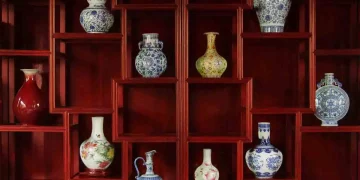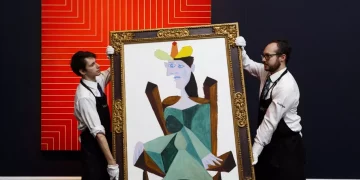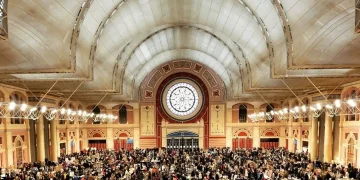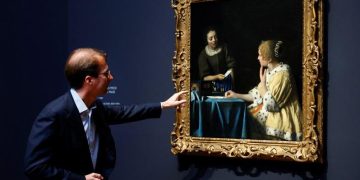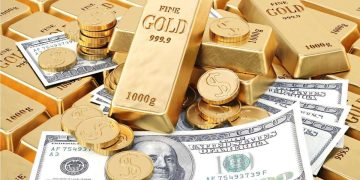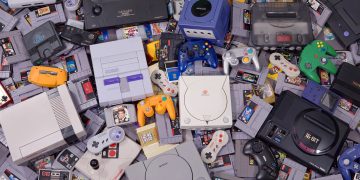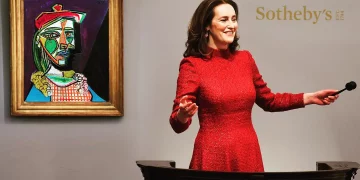Introduction
Over the past few years, the collectibles market, spanning from rare art to vintage cars, has witnessed an unprecedented rise in auction prices. Record-breaking sales are no longer a rarity, with millions of dollars exchanged for iconic pieces that were once seen as niche or secondary. While many point to the traditional factors of supply and demand, there are deeper, less obvious influences driving this surge in collectibles auction prices globally. These hidden factors often go unnoticed but play a significant role in shaping the marketplace.
In this article, we’ll explore some of the lesser-known factors contributing to the skyrocketing prices at global auctions, from economic shifts to cultural trends, and the evolving role of technology in reshaping the market.
1. The Growth of Wealthy New Collectors
The rise of new wealth—especially in emerging economies—has played a pivotal role in inflating the prices of collectibles at auction. Over the last decade, rapid economic growth in regions such as China, the Middle East, and Latin America has created a new class of affluent buyers eager to establish their status and legacy through the acquisition of rare items. This surge in demand from a new generation of collectors has led to higher competition in global auctions, significantly driving up prices.
Key Points:
- Affluent Collectors from Emerging Markets: Collectors from China, India, Brazil, and the Middle East have developed an insatiable appetite for luxury goods, art, and antiques. As they seek to invest in rare and historical items, they push auction prices higher, especially for well-documented and authenticated pieces. In particular, Chinese collectors have shown interest in Western art, while those in the Middle East often gravitate toward rare Islamic artifacts or antique furniture.
- Cultural and Status Symbol: For many wealthy individuals, owning high-value collectibles is not just about the financial return but about displaying cultural sophistication and status. Collectibles serve as a mark of distinction, elevating their owners in social and business circles. This desire for social cachet amplifies demand, especially when these items are limited in supply.
2. The Impact of Inflation and Economic Uncertainty
Global economic instability, including inflation and unpredictable market behavior, has increased interest in alternative assets—particularly those that offer more stability than traditional investments like stocks or bonds. Collectibles, with their finite nature and historical significance, have become a go-to hedge against inflation. The recent rise in inflationary pressure has only accelerated this trend, as people look for ways to preserve their wealth.
Key Points:
- Hedge Against Inflation: As inflation erodes the value of currencies, investors seek out tangible assets that retain or increase in value over time. Antiques, rare art, vintage cars, and other collectibles are seen as safe havens in times of financial turbulence. Unlike stocks or bonds, these items have intrinsic historical and cultural value that is less susceptible to the whims of the stock market.
- Real Assets in Times of Crisis: During economic downturns or times of crisis, the demand for physical assets typically rises. Collectibles are a form of real asset—something that is not tied to the volatile movements of digital currencies or paper assets. This makes them an attractive option for those seeking a stable store of value.
3. The Role of Digital Auctions and Online Platforms
One of the most significant changes to the global auction market has been the rise of digital platforms like eBay, Sotheby’s, and Christie’s online auctions. These platforms have democratized access to high-value collectibles, allowing bidders from across the globe to participate in auctions, thus dramatically increasing competition and driving up prices.
Key Points:
- Global Access and Expanded Reach: Previously, auctions were often exclusive events attended by a select few. With digital auctions, even rare and expensive items are now accessible to a global audience, including collectors from emerging markets who may have never had access to high-end auction houses. This increased competition naturally drives up the prices of collectibles, as more people bid on items that were once out of their reach.
- Increased Liquidity: Digital auctions have made it easier for buyers and sellers to connect, resulting in quicker sales and more frequent transactions. This liquidity has created a more dynamic market, allowing for faster price adjustments and upward pressure on prices, especially for items that are rare or have a significant provenance.
- Real-Time Bidding: Online platforms also allow for real-time bidding, which leads to intense price escalations as collectors and investors vie for the same item. With the click of a button, prices can rise within seconds, making it easier for items to fetch unexpectedly high bids.
4. Changing Collector Demographics and Generational Shifts
The demographics of collectors have been shifting significantly. The rise of younger, tech-savvy collectors—especially millennials and Gen Z—has introduced new dynamics to the market. These younger generations, who are often more comfortable with digital platforms, are seeking collectibles that resonate with their interests, making auctions a central component of their collecting habits.
Key Points:
- Interest in Contemporary and Niche Collectibles: Younger collectors are often less interested in traditional categories like old masters or classical antiques and are instead focusing on more contemporary and niche collectibles—things like street art, pop culture memorabilia, or rare sneakers. This shift has broadened the types of items in demand, creating new avenues for auction houses to explore.
- Social Media Influence: The younger generation is also influenced by social media trends, which can cause certain collectibles to rise in value. For example, when a particular piece of artwork goes viral or is shared by influencers, it can cause an increase in demand and, consequently, higher auction prices. Social media platforms like Instagram and TikTok have made it easier to reach a wider audience, amplifying the demand for certain collectibles.
- Digital and Physical Convergence: A growing segment of the collector market is merging the digital and physical realms, with the rise of NFTs (Non-Fungible Tokens) complementing traditional physical art and collectibles. The crossover between physical items and digital assets has reshaped the value propositions of both, creating new investment avenues.
5. The Cultural Phenomenon of FOMO (Fear of Missing Out)
The psychology behind the bidding wars at auctions is also a significant factor in rising prices. The fear of missing out (FOMO) has become a key driver behind inflated auction prices. As auction events attract more attention, the notion that others might get their hands on rare and valuable items first creates intense competition, driving prices beyond what is rational or expected.
Key Points:
- Auction as a Social Event: Auctions, especially high-profile ones, are often perceived as exclusive events, both culturally and financially. The excitement surrounding the event encourages more bids and higher prices. The prospect of owning a unique piece of history, or simply participating in an elite event, can prompt bidders to increase their offers to secure the item.
- Psychological Factors in Bidding: Auctions tap into human psychology, where the competitive nature of bidding often leads to price escalation. The desire to win, the fear of losing out on a unique item, and the adrenaline rush of competitive bidding all play into the auction process, often leading to final sale prices that exceed market expectations.

6. The Growing Influence of Celebrity and Pop Culture Collectibles
In recent years, pop culture collectibles, including memorabilia related to famous musicians, actors, and athletes, have seen an explosion in auction prices. Items such as handwritten lyrics by famous artists, iconic movie props, and jerseys worn by legendary athletes have fetched astronomical sums. These items are more than just collectibles—they hold deep cultural value for many, pushing their prices to new heights.
Key Points:
- Celebrity-Owned Items: Memorabilia once owned by celebrities often fetches a premium due to their association with the famous figures. For example, items like John Lennon’s guitar or Marilyn Monroe’s personal belongings have become symbols of cultural history and are often viewed as rare treasures by collectors.
- Pop Culture’s Enduring Appeal: Pop culture collectibles have become an investment in nostalgia and cultural heritage. As the value of pop culture items continues to rise, auction houses are increasingly focusing on this sector, attracting a new wave of collectors eager to capitalize on the cultural value of these items.
7. The Role of Provenance and Authentication
Provenance—an item’s history of ownership and authenticity—has become a critical factor in determining its auction price. With the rise of forgeries and counterfeit items, bidders are increasingly willing to pay a premium for items that come with verified provenance and certification of authenticity. This trend has made it more important than ever for auction houses to provide reliable documentation, which can greatly impact the final price.
Key Points:
- Authentication Services: The growing role of third-party authentication services, which provide certificates of authenticity, has played a key role in boosting confidence in the market. Verified items tend to fetch higher prices at auction because buyers are more confident that the item is genuine and historically significant.
- Historical Provenance: Items with a clear and prestigious provenance often see inflated prices at auction. A historical connection, such as being owned by a famous individual or featured in a renowned museum, can add a layer of desirability to an item, making it a more valuable investment.
Conclusion
The global rise in collectibles auction prices is the result of several interconnected factors, many of which go beyond the typical forces of supply and demand. From the growth of new wealth in emerging markets to the influence of digital platforms, the changing demographics of collectors, and the cultural importance of certain collectibles, these hidden factors have combined to fuel the auction market’s remarkable surge.
As the market continues to evolve, understanding these less obvious drivers will be crucial for collectors, investors, and auction houses alike. Whether driven by economic instability, FOMO, or the growing influence of digital platforms, it’s clear that the collectibles auction market is entering an exciting new era of unprecedented demand and astronomical prices.





